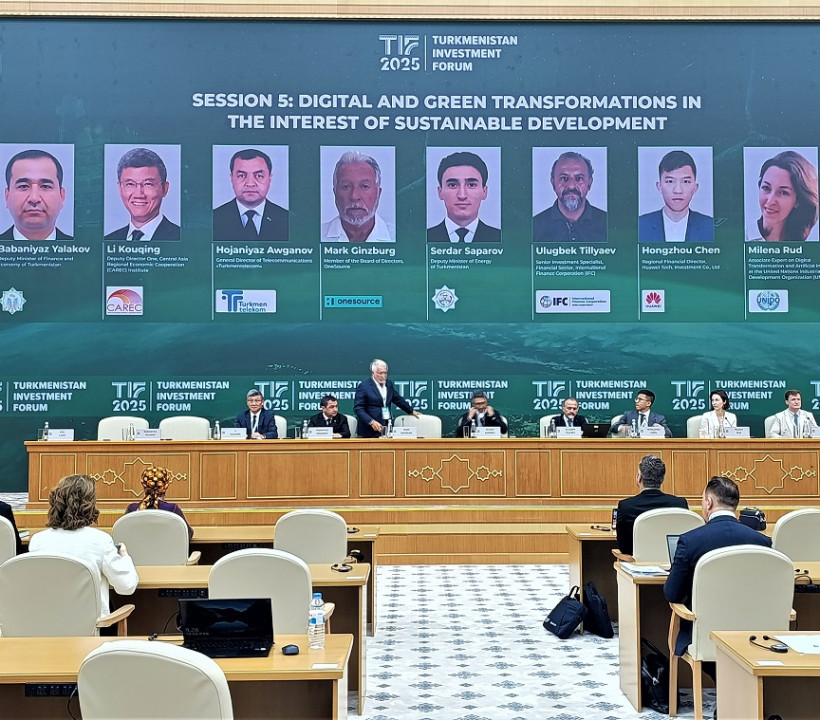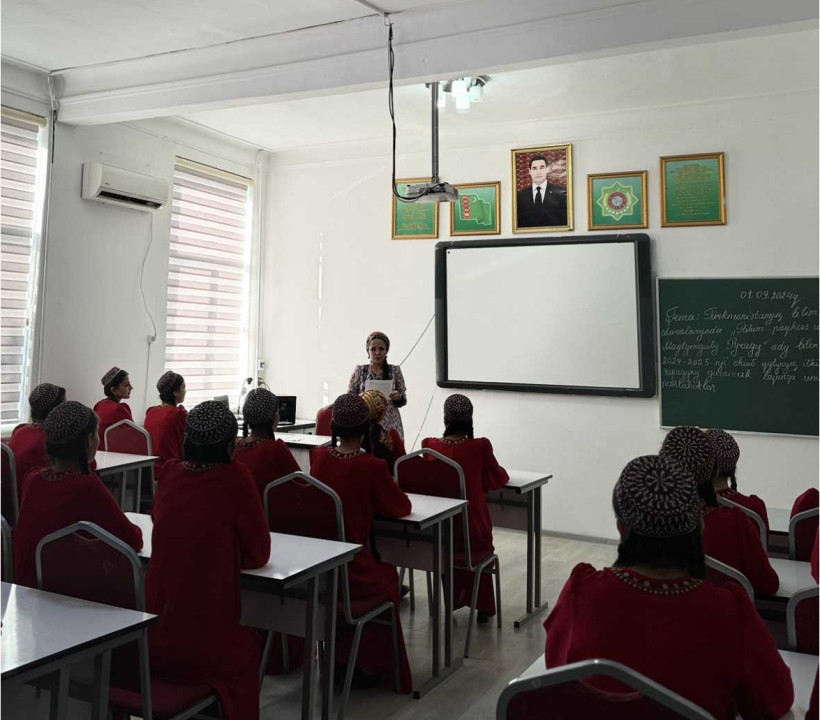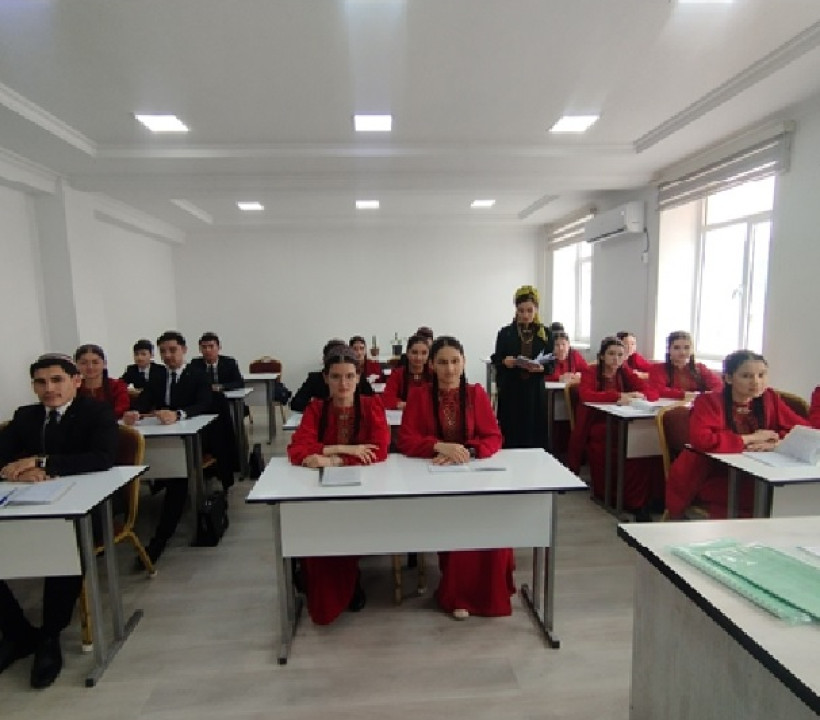A culture of digital technology and innovation.
Positive initiatives to develop the digital economy in the country are being successfully implemented on a programmatic basis. In this regard, the "State Program for the Development of the Digital Economy in Turkmenistan for 2021-2025" is of great importance and includes digitalization of all sectors of the economy and social environment.
Digital education plays an important role in the development of the digital economy. In accordance with the concept of developing the digital education system in Turkmenistan, all stages of education are constantly being reformed to prepare everyone for life and professional work, based on the requirements of the digital society and digital economy.
Today, the concepts of "digitalization", "digital transformation of knowledge", "digital educational environment" are firmly embedded in the theory and practice of educational management. Digital education involves the widespread use of digital technologies in educational institutions. They provide data collection, processing, transfer, storage and delivery. The digital transformation of education is achieved due to the systematic updating of the content, methods, organizational forms, results and their evaluation in the rapidly changing digital educational environment, as well as the full use of the capabilities of digital technologies to increase the effectiveness of the educational process. A digital educational environment is a set of digital devices, information systems, resources, tools and services that are created and developed to support the work of educational institutions and to solve problems that arise in education.
Digital technologies have changed the way people learn, get educated, work and communicate. Those born after 2000 are now known as the "digital generation" as they are more closely connected to computers, mobile phones, tablets and the Internet. Digital technologies are innovating education, making teaching and learning more effective. These technologies make it possible for education to be independent, to choose the most convenient way to study the educational material. The Internet provides endless opportunities for self-mastery of study materials and 24/7 education.
In recent years, the technologies of sending and receiving information have undergone significant changes. In today's world, digital technologies have become an integral part of everyday life. Educational institutions are no exception. Digital technologies are widely used not only in solving administrative tasks, but also in assigning independent tasks to students and solving problems online.
In the country, a large amount of financial resources are directed towards improving the digital capabilities of educational institutions. For the effective operation of the digital educational environment, educational institutions are connected to the Internet and provided with appropriate servers, computers, interactive boards, information and communication technologies, programs and other equipment. The task of continuous improvement of this infrastructure is one of the priorities of the national education policy. The Innovation Information Center, the Turkmen-Indian Center for Information Technologies, and the Department of Digital Systems and Information Security created under the Ministry of Education of Turkmenistan are also focused on the effective functioning of the digital education system.
The formation of the happy youth of our dear Motherland as a perfect personality in accordance with the requirements of the present time, based on our universal and national values, is a clear expression of our future development. During the prosperity of Berkarar state, our Heroic Friend keeps the state policy on youth in the center of priority. Smart youth, young families, young scientists, young professionals and entrepreneurs are surrounded by special support from our state. The importance of determining the social and legal status of young people in the society is related to the fact that they act as human capital in the development of the country and determine the innovative development of the society.
In the conditions of modern development of the economy, it is of particular importance to focus the energy of young people on entrepreneurial activity. In the example of any economically developing state of the world, the identification of youth entrepreneurship as one of the priority areas takes an active place in business. This is explained by the fact that it allows the formation of a new generation of hard-working entrepreneurs, the development of small and medium-sized businesses in an innovative manner, the increase of the country's investment attractiveness, and the increase of innovative ideas and creative inventions.





